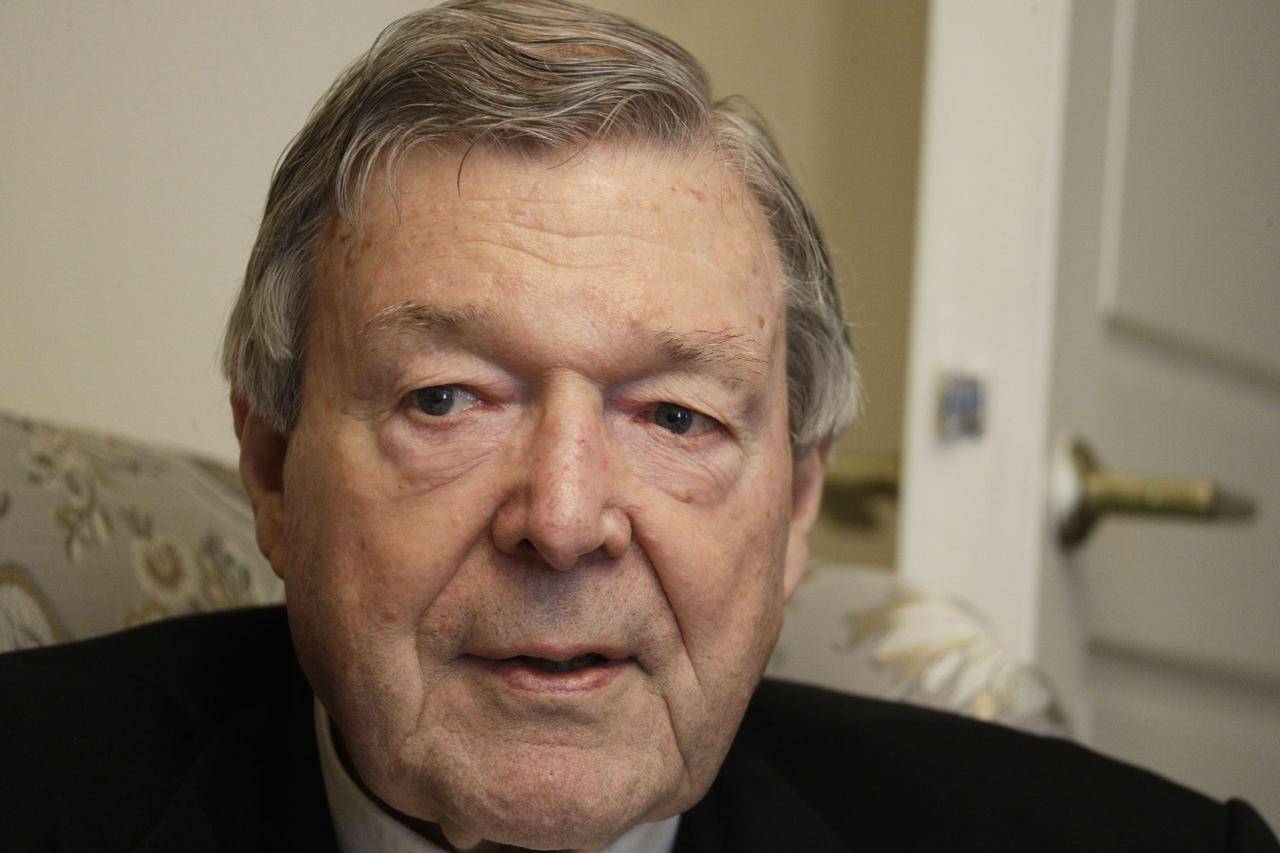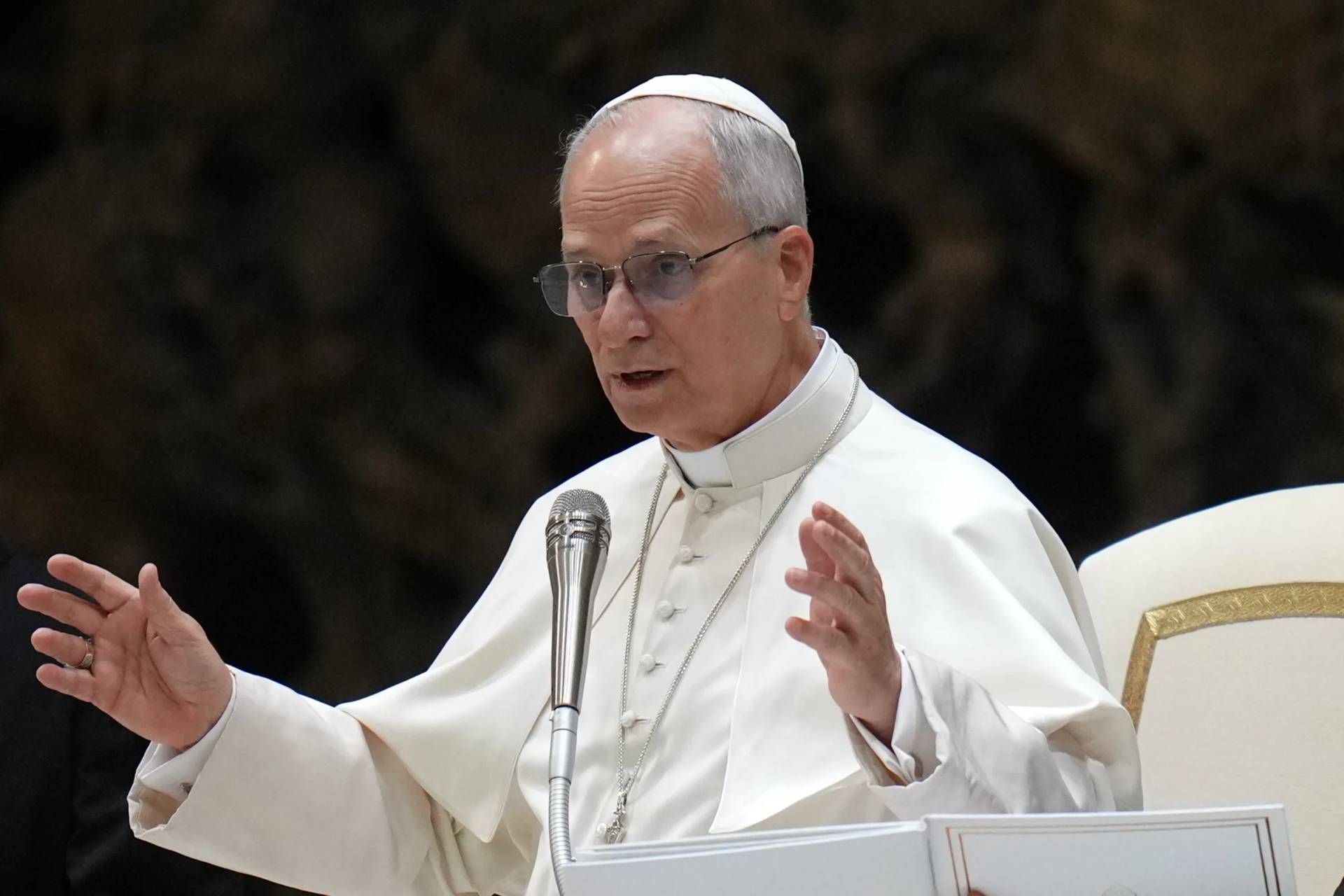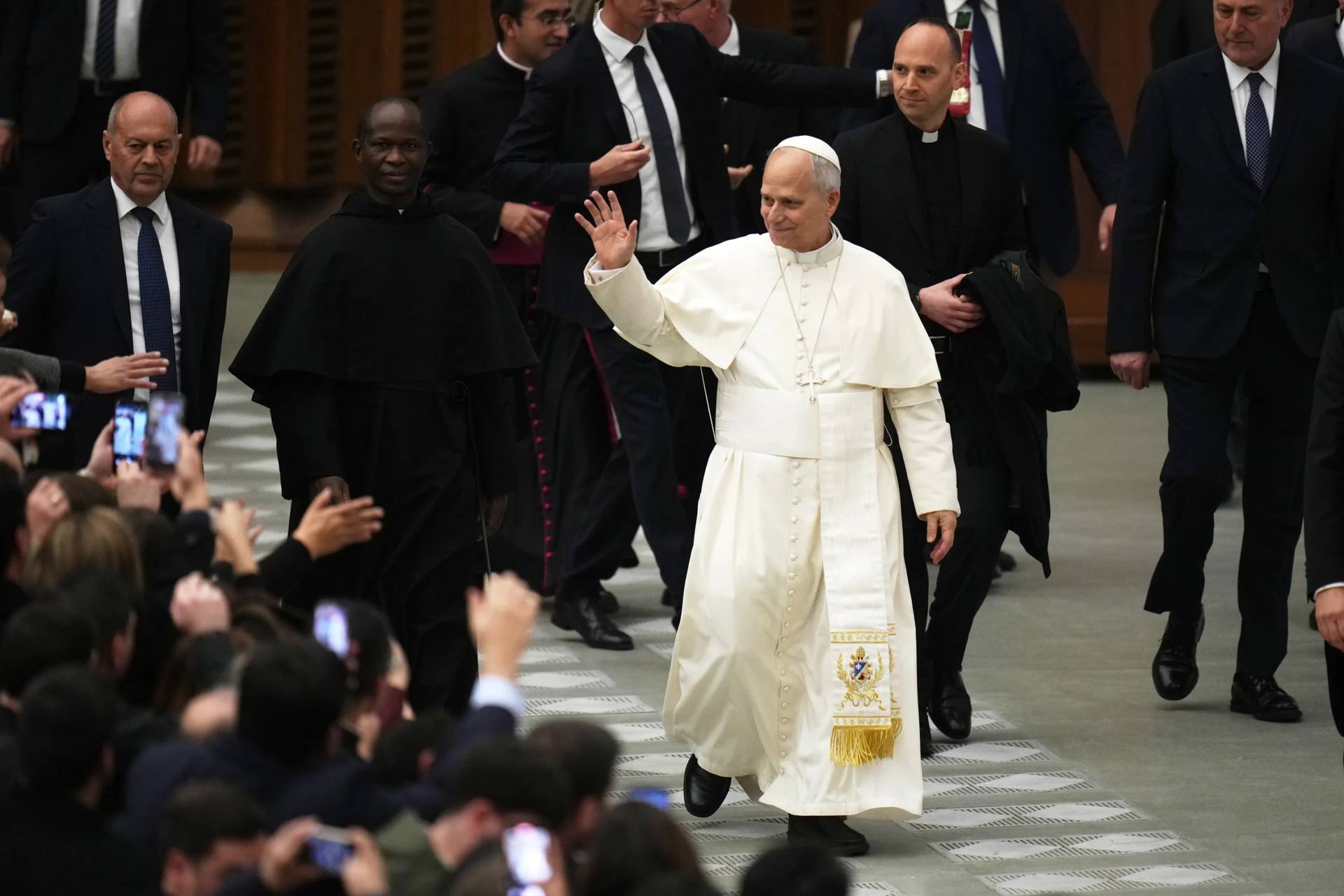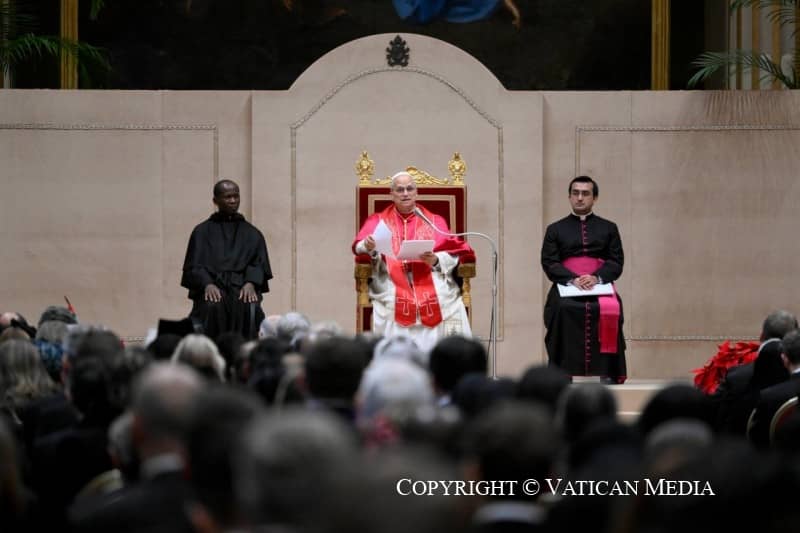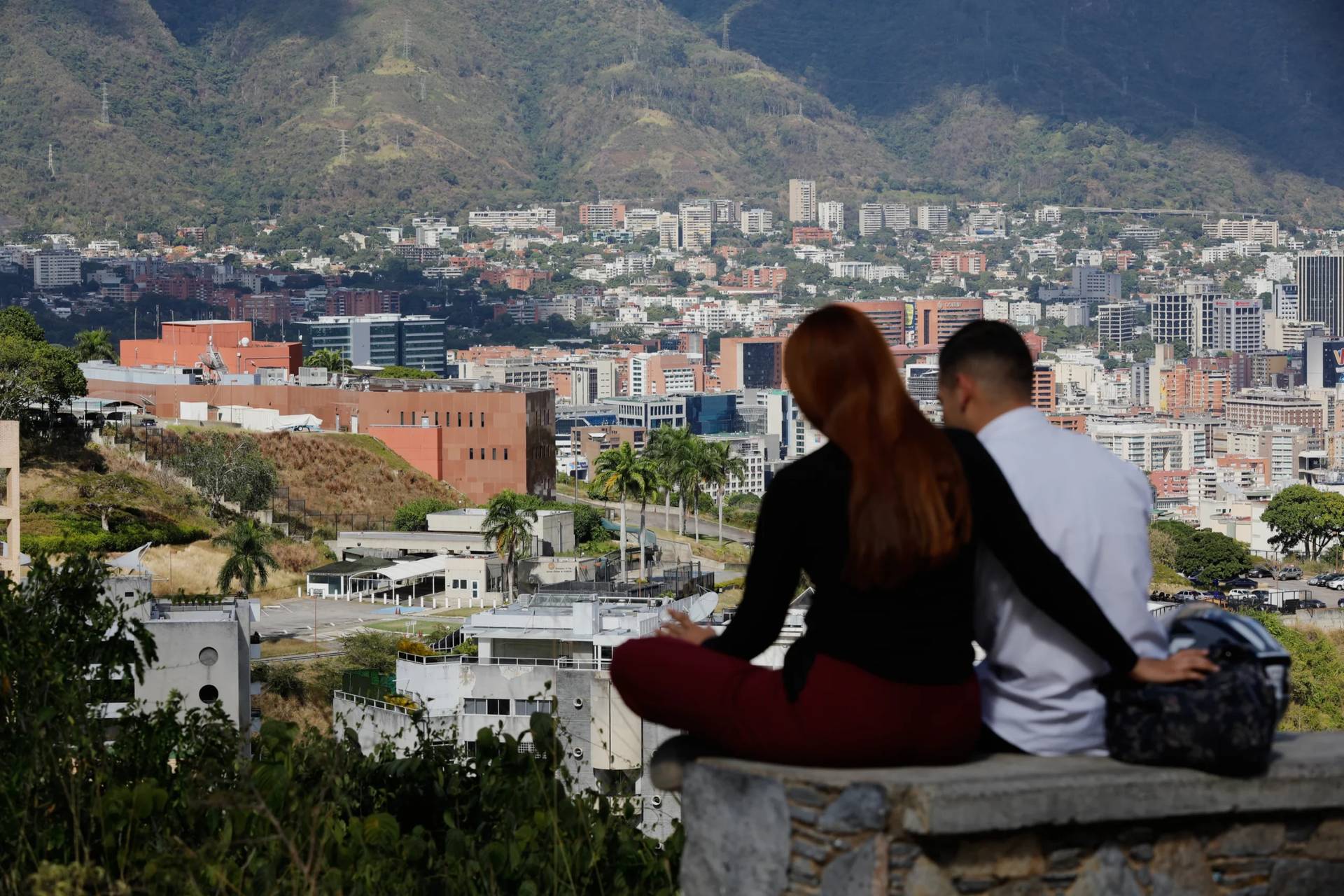For the third time since the beginning of Pope Francis’s pontificate, papal representatives stationed around the world will convene in Rome.
During their June 12-15 meeting, the papal nuncios will meet with the heads of Vatican offices and their counterparts, the ambassadors representing their countries at the Holy See.
When the gathering was announced on Monday, the Vatican press office said that there will be 98 nuncios taking part, and five permanent observers to international bodies such as the United Nations.
There are currently 106 resident papal ambassadors around the world, although some of these are representatives to more than one country — in total the Vatican has over 180 diplomatic missions abroad. Currently, eight of these embassies are vacant.
The first summit of nuncios took place in 2013, as part of the Year of Faith, and had been called for by Pope Benedict XVI before his resignation. The second one, in 2016, was part the extraordinary jubilee Year of Mercy. This year, the meeting is at the the request of the nuncios, who made the suggestion during the 2016 gathering.
The summit will include a meeting with Francis on the second day, and will close with a Mass celebrated by the Argentine pontiff and a group lunch at the Domus Sanctae Marthae, which serves as the papal residence.
On the last day, they will also be joined by 46 retired nuncios, who were invited to participate, although it is unknown if Italian Archbishop Carlo Maria Vigano, the former nuncio to the U.S. who accused Francis of covering up for disgraced former Cardinal Theodore McCarrick, is on the invite list.
The Holy See currently has diplomatic relations with 183 nations, and has the oldest diplomatic corps in the world, with some of its bilateral relationships dating to the 15th century.
Though the Church’s primary role is evangelization and not diplomacy, throughout history nuncios have played key roles in forging peace agreements that avoided wars, including mediating between Chile and the pope’s own Argentina in 1978. More recently, the Holy See has been involved in an on-and-off dialogue in both Nicaragua and Venezuela, two countries currently affected by grave political and economic crises.
Both the United States and Cuba credited Francis and the Vatican’s ultra-discreet diplomacy, for instance, with helping broker a December 2014 deal to restore diplomatic relations between the Cold War foes.
In other words, the Catholic Church, through the Holy See’s diplomatic services, packs a real punch on the world stage.
It’s worth noting that even though the Holy See is closely associated with the Vatican City State, the two are separate entities. The Vatican City State is the independent territory over which the Holy See is sovereign, and it came into existence only after the 1929 Lateran Treaty between the Holy See and Italy.
It’s the Holy See, not Vatican City State, that sends and receives ambassadors.
Traditionally, although not universally, the papal nuncio is the dean of the diplomatic corps in a country, an arrangement confirmed by the 1815 Congress of Vienna.
Bilateral relations between the Holy See and other countries suffered after the popes lost the Papal States during the mid-19th century era of Italian unification, although it continued to exchange ambassadors with several countries. However, there was an explosion of diplomatic activity under John Paul II, when the number of nations with full ties to the Holy See went from 85 to 174. Among those who signed up were the United States (1984) and Mexico (1992).
There are some countries still without formal ties to the Vatican, including Saudi Arabia and the People’s Republic of China (the Vatican is the only European country to still have ties with the Republic of China, the official government in Taiwan.)
The nuncios answer to the Secretariat of State, headed by Italian Cardinal Pietro Parolin. The secretariat is divided into three sections: The Section for General Affairs, which deals with Church affairs; the Section for Relations with States for conventional diplomacy; and the Section for Diplomatic Personnel established in 2017 and tasked with preparing this week’s meeting.
This will be the first meeting of nuncios since February’s clerical abuse summit, which brought together the heads of the world’s bishops’ conferences.
One of the papal ambassadors on the invite list is Archbishop Luigi Ventura, the representative in France who’s under investigation for sexual assault, after being accused of sexually harassing at least one young man. It’s not known if he will attend.
Follow Inés San Martín on Twitter: @inesanma
Crux is dedicated to smart, wired and independent reporting on the Vatican and worldwide Catholic Church. That kind of reporting doesn’t come cheap, and we need your support. You can help Crux by giving a small amount monthly, or with a onetime gift. Please remember, Crux is a for-profit organization, so contributions are not tax-deductible.






